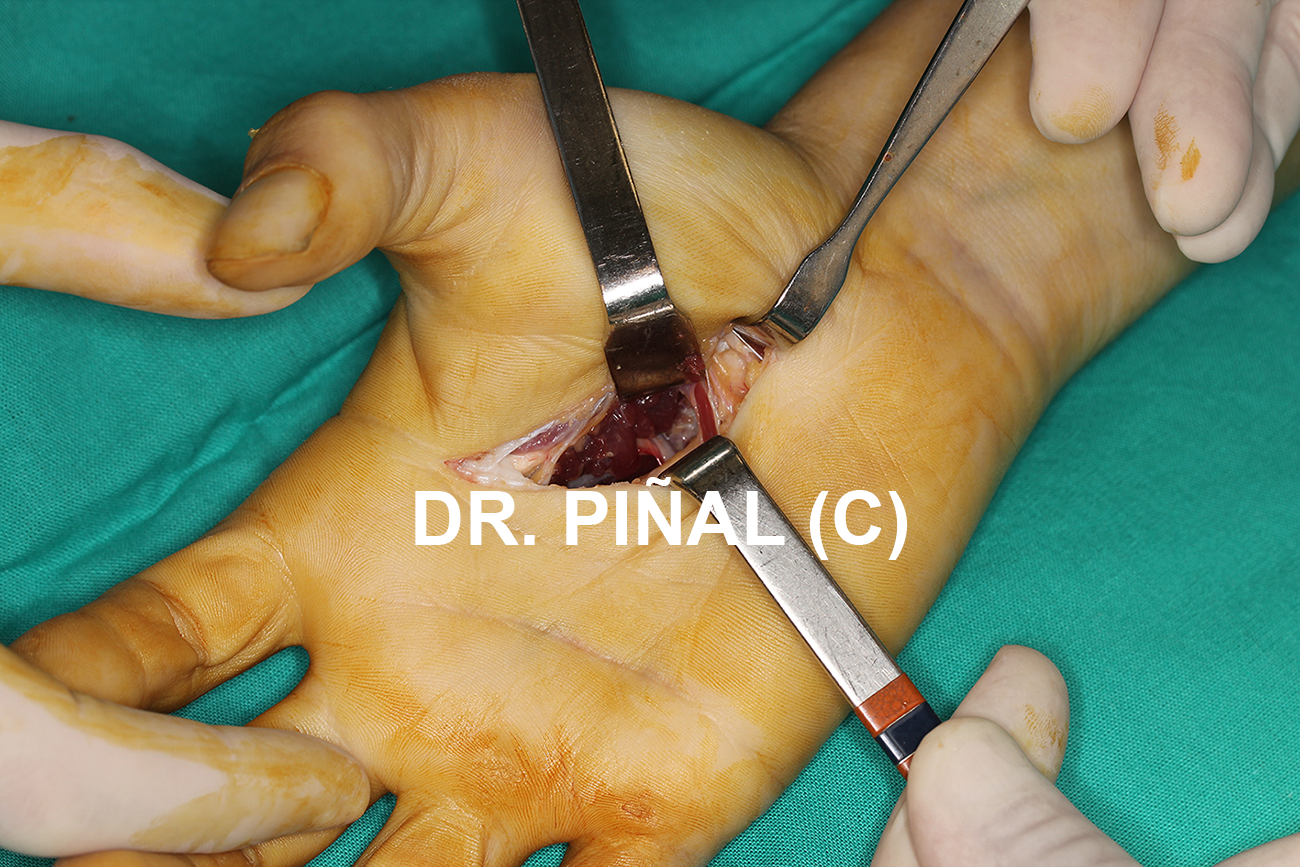أدناه يمكنك قراءة الترجمة الإنجليزية لهذا المحتوى المترجم بواسطة مترجم بشري. يمكنك أيضًا عرض الأصل باللغة الإسبانية من خلال النقر على العلم المقابل في الزاوية اليمنى العليا. يتيح لك هذا الرابط الوصول إلى نسخة من الترجمة الآلية من Google للعربية: https://bit.ly/3zcmd2T
The patient, Alan, 30 years old, suffers from spastic paralysis in his right hand, after a motorcycle accident in which he sustained a head injury with neurological damage. Specifically, he presents function problems in the limb and, in particular, the muscles that determine thumb mobility are in hyperreflexia, that is, continuously contracting (co-contraction), which prevents its opening movement.
Spasticity is a disease that affects the central nervous system, in which the part of the brain responsible for governing the coordination of certain movements is damaged. In essence, it is a control problem: patients have functional muscles, but the orders received from the brain are incorrect. This causes stiffness and, in turn, can decrease the range of motion or leave the joints in permanent flexion.
The problem
In Alan’s clinical picture, part of the limb muscles are exerting abnormal force (hyperreflexia) while others are weak. Thus, he can’t open his right thumb, causing him to have difficulties with grasping and problems in everyday tasks and in performing his job as a cleaning assistant.

The footage shows the functional difficulties of the patient.
The goals
The clinical goals of Dr Piñal and his surgical unit are to increase the opening range of the patient’s right thumb and to return the lost function to the spastic hand.
The plan
Through the microsurgical procedure designed by Dr Piñal, the muscles that maintain excessive tension and contract the finger towards the palm of the hand, that is, they are in hiperreflexia, are weakened. This is the case of the adductor (adductor pollicis) and the flexor pollicis longus (long flexor).
Thumb’s adductor is released at origin to reduce its influence, while an intrasubstantial tenotomy is performed on the long flexor, in which a series of cuts are made in the tendon that increase the length of the muscle and, therefore, attenuate its contraction.


Likewise, the muscles that are going to open the thumb are strengthened through tendon transfers. On the one hand, the tendon of the brachialis muscle – over which the patient has good control – is taken and transferred to the abductor muscle of the thumb (abductor pollicis longus), facilitating the separation movement. On the other, the route of the long extensor muscle (extensor pollicis longus) is changed to make its action more effective.

Patient recovery process.
The results
The procedure is successful and the patient can fully return to his job.

Alan returned to his job after the intervention performed by Dr Piñal.
محتوى ذو صلة:
 es
es en
en fr
fr it
it ru
ru zh-hans
zh-hans
